

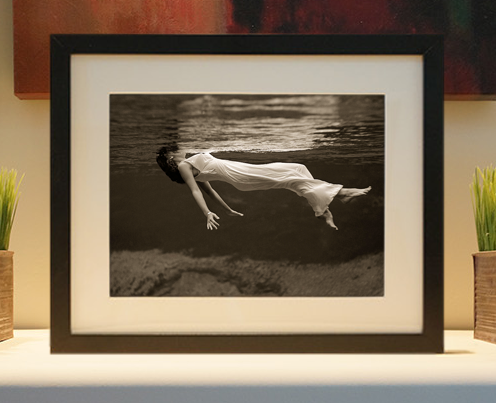
Framed or unframed, desk size to sofa size, printed by us in Arizona and Alabama since 2007. Explore now.
Shorpy is funded by you. Patreon contributors get an ad-free experience.
Learn more.

- The most dangerous fire escape I've ever seen
- Out of Place
- Sir Bedevere
- Witch way to the fire?
- Proud to be an old Coot
- That old scale
- Bowled Over
- Cat years?
- 'Why' Wyoming?
- His Master's Voice
- What! No dish under the skewer?
- Only in Hollywood?
- What's Up Doc?
- Destination?
- I'm pretty sure this was a voluntary program
- When I see chicken wire rabbit cages I think of three things
- The War Ears
- Eating the bunnies? Really?
- A love affair with a machine
- Hasenpfeffer
- Back support
- Hot type!
- Can you smell ... the news?
- Looking across the street and Flong
- Memories of my elderly hoarder neighbor
- Linotype in the Twilight Zone
- By Memory?
- Quiet place
- Line Of Type
- And no hearing protection
Printporium
Gun Show: 1921

October 7, 1921. Aberdeen, Maryland. "Military artillery on Ordnance Day." A demonstration at the Army's Aberdeen Proving Ground of its 12-inch, 35-caliber M1895 gun on an M1918 railway carriage. 4x5 inch glass negative, Harris & Ewing Collection. View full size.
Weights and Wear and Whirligigs
In addition to precise weights, other factors add up when you get to the railway gun class. The Paris Gun had projectiles graded by size to be fired in sequence. Erosion of the bore was predictable and each shell was incrementally larger.
Coriolis force was another thing to factor in unless you were shooting due east or due west.
"Let Me Do The Talking"
That's a row of projectiles on the ground next to the gun carriage. Each one has its exact weight in pounds chalked on its bottom/base: "1069", 1070", "1071" etc. Even seemingly insignificant weight differences of a pound or two had to be factored into the complex mathematics involved in aiming large caliber artillery like this.





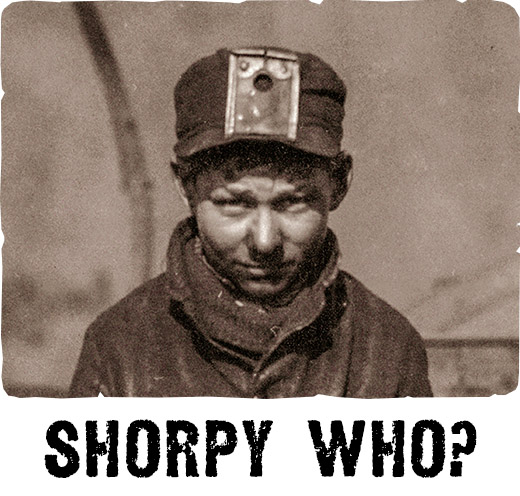
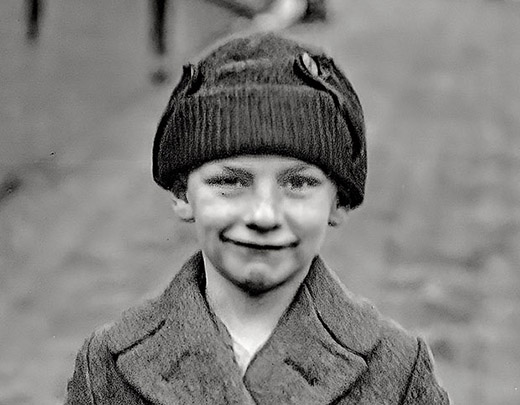
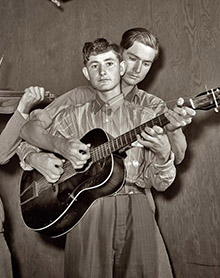
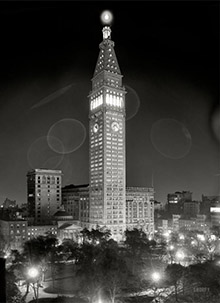
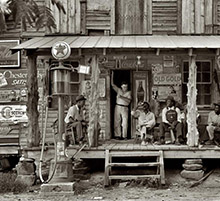
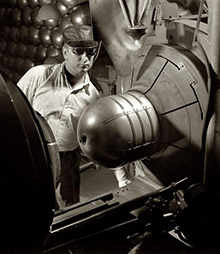
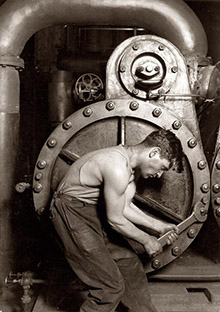
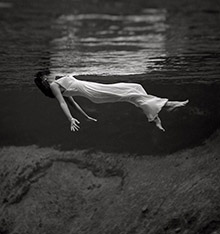
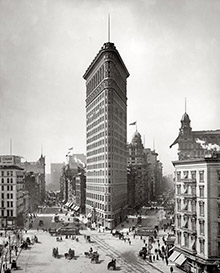

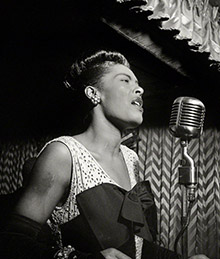
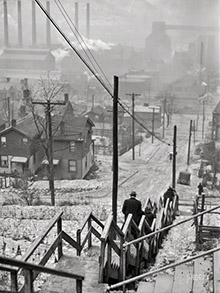
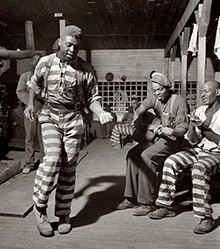

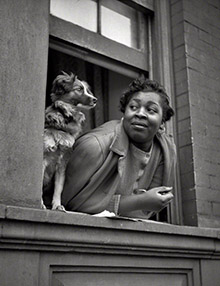
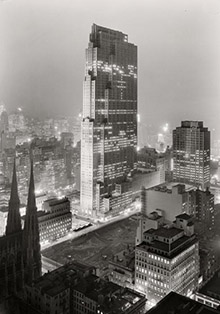

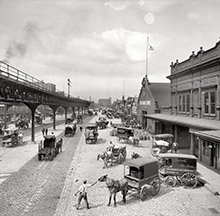
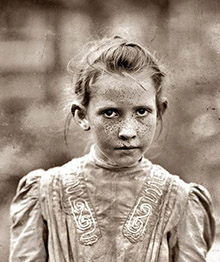

On Shorpy:
Today’s Top 5